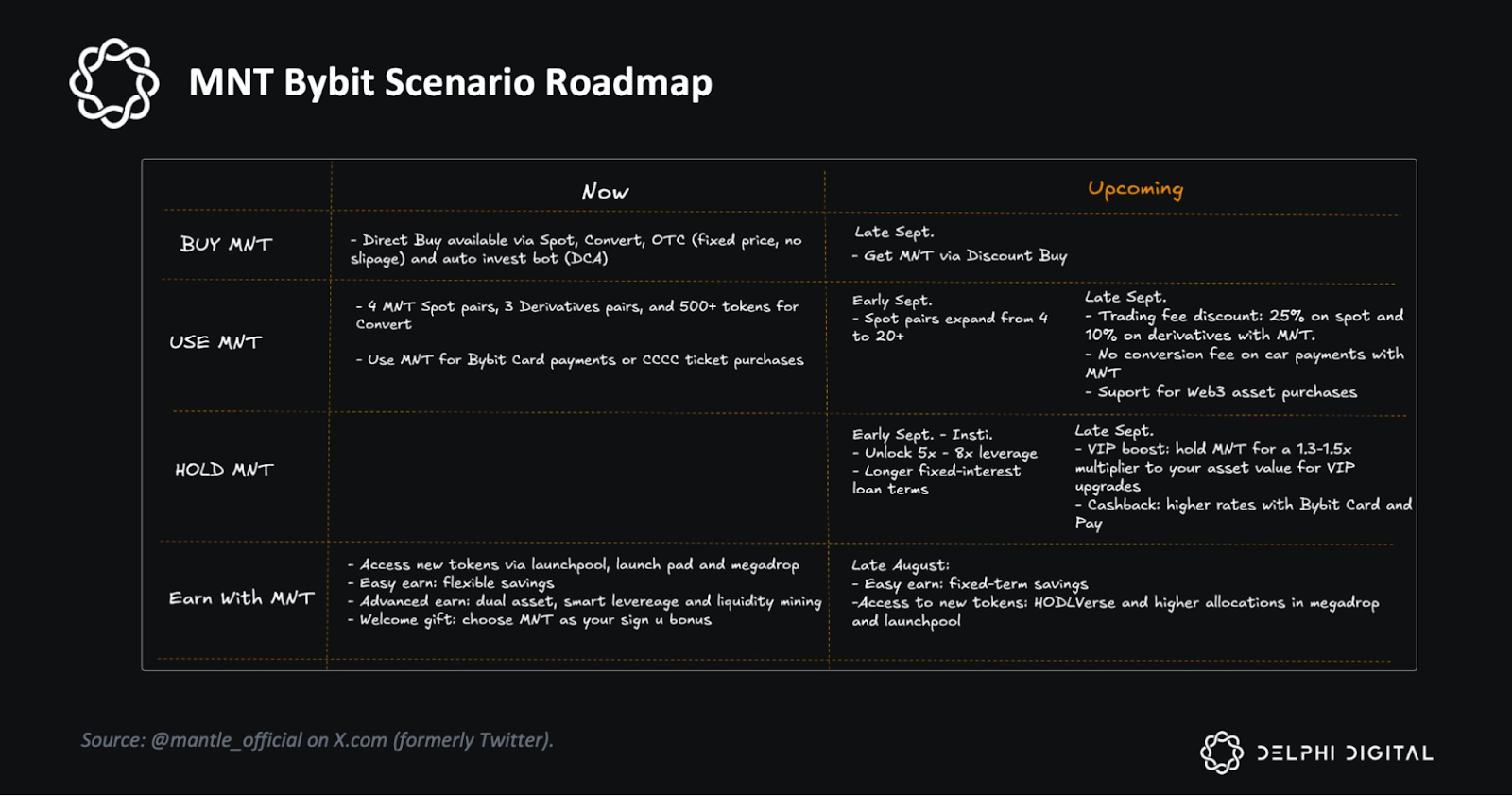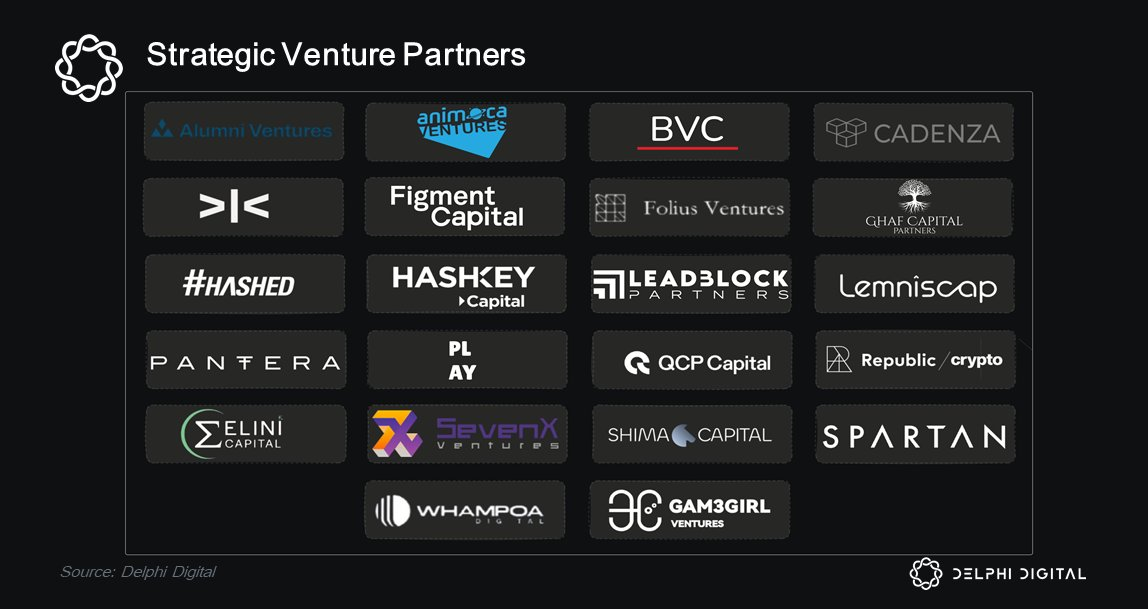Mantle 2.0 is an evolution of the Mantle L2 that positions the MNT token as a Bybit utility asset, aiming to bridge DeFi DAO governance with CeFi liquidity and tokenized real-world asset markets to increase capital access and on‑exchange utility for holders.
-
Mantle 2.0 integrates with Bybit to increase liquidity and payment options for MNT holders.
-
Mantle’s EcoFund ($200M) and VC partners support developer grants and ecosystem growth.
-
MNT utility now ties to Bybit volume (spot and derivatives), shifting value beyond governance.
Mantle 2.0 emerges as a Bybit-backed liquidity chain for tokenized assets, blending DeFi governance with CeFi liquidity. Read how MNT may gain capital access.
Mantle’s growing utility within the Bybit exchange’s ecosystem may inspire a new wave of convergence between the industry’s decentralized and centralized stakeholders.
What is Mantle 2.0 and how does it change MNT’s role?
Mantle 2.0 is a strategic relaunch positioning Mantle as more than an Ethereum layer-2: it becomes a Bybit-aligned liquidity chain aimed at tokenized real-world assets (RWA). This update redefines MNT from a governance token toward a utility asset tied to Bybit’s trading volume and in‑platform services.
How did Mantle evolve from a DAO-run L2 to Mantle 2.0?
Mantle launched in 2021 under BitDAO as an Ethereum L2 scaling solution. In July 2023, BitDAO and Mantle unified under the Mantle brand and the MNT token. Recent governance and advisory shifts added Bybit executives and a combined roadmap, signalling deeper operational alignment with a major centralized exchange.

Source: Delphi Digital
Why does Bybit backing matter for Mantle?
Bybit’s support brings scale: daily spot volumes of approximately $3–5B and derivatives exceeding $25B (market estimates cited by research firms). That depth translates into lower slippage, broader payment rails, and reward mechanisms for MNT holders inside Bybit’s ecosystem.
What capital and ecosystem tools support Mantle growth?
Mantle benefits from a $200 million EcoFund aimed at funding native apps and integrations. Strategic partners named in reports include Dragonfly, Pantera, Spartan, Figment Capital, Folius Capital and HashKey Capital (plain text mentions). These investors can accelerate on‑chain use cases and liquidity provisioning.

Source: Delphi Digital
How might Mantle 2.0 affect governance and decentralization?
Mantle remains formally DAO-governed, but Bybit’s operational influence and advisory roles fold exchange utility into token economics. This hybrid model can raise investor questions about decentralization trade-offs while offering mainstream access and institutional-grade liquidity.
What are short-term on-exchange changes for MNT holders?
Bybit and Mantle introduced campaigns and earn products, lower-slippage buy options, expanded payment methods and staking-like savings. These product-level utilities link MNT value to exchange activity rather than governance voting alone.
Frequently Asked Questions
Will Mantle 2.0 make MNT a CeFi token?
MNT is transitioning toward exchange utility within Bybit’s ecosystem, but it retains DAO governance mechanisms. The token’s value drivers are expanding to include Bybit volume and platform services.
How can investors evaluate the risk of centralization?
Assess protocol governance proposals, adviser roles, on‑chain governance activity and Bybit’s operational controls. Monitor EcoFund allocations and third‑party audits to measure decentralization safeguards.
What does Mantle 2.0 mean for tokenized real-world assets?
Mantle 2.0 targets RWA markets by offering scalable L2 rails with centralized liquidity support, potentially lowering friction for institutional tokenization and on‑ramp/off‑ramp workflows.
Key Takeaways
- Mantle 2.0 repositions MNT: shifts token economics toward exchange utility and RWA use cases.
- Bybit brings liquidity: deep spot and derivatives volume can reduce slippage and expand payment options.
- Hybrid governance: DAO structures remain but advisory and product integration increase centralized influence; monitor governance signals.
Conclusion
Minting Mantle 2.0 as a Bybit-aligned liquidity chain could accelerate the convergence of CeFi and DeFi, offering MNT holders expanded utility and capital access while raising governance trade-offs. Stakeholders should track EcoFund deployments, product rollouts and governance activity to evaluate long-term implications and risk-adjusted opportunities.
